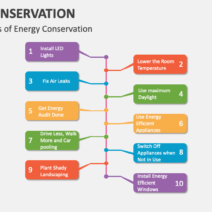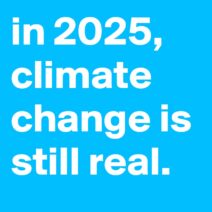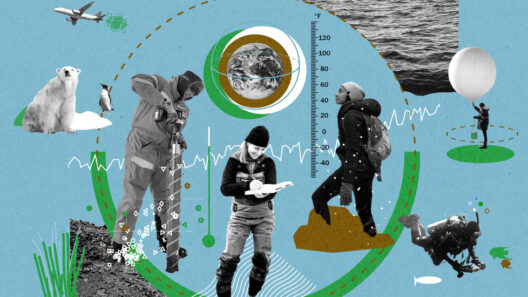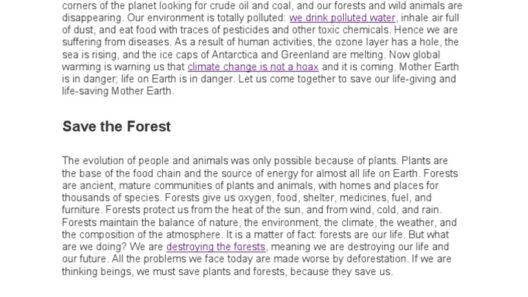Global warming, a pressing dilemma of our time, is an insidious adversary that extends its influence in manifold ways, leaving a trail characterized by droughts, dust storms, and a litany of environmental upheavals. The ramifications of climate change are not confined to rising temperatures; instead, they propagate a series of events that ultimately render the earth increasingly inhospitable. This analysis will elucidate various facets of global warming, chronicling its repercussions on the environment and the socio-economic frameworks intertwined with it.
The phenomenon of drought provides a salient example of the effects of climate change. Traditionally defined as a prolonged period of abnormally low rainfall, droughts impose significant stress on ecosystems, agriculture, and water resources. As global temperatures escalate, patterns of precipitation are altered, often resulting in decreased rainfall in regions that historically depended on consistent weather patterns. In the United States, for example, the Southwest has witnessed a stark reduction in precipitation, contributing to the region’s alarming water scarcity. This decline in rainfall is not merely an inconvenience; it threatens food security, alters local economies, and exacerbates socio-political tensions over dwindling resources.
Equally concerning is the correlation between global warming and the proliferation of dust storms. These meteorological phenomena, often characterized by strong winds lifting particulate matter from arid or semi-arid regions, are becoming increasingly common as vegetation cover diminishes. The interplay of rising temperatures and reduced precipitation leads to soil degradation, rendering landscapes barren and susceptible to erosion. Dust storms do not solely detract from local air quality; they have been shown to carry pathogens, exacerbate respiratory ailments, and even contribute to climate fluctuations by reflecting sunlight back into the atmosphere.
The compounding effects of droughts and dust storms highlight a broader issue: the intricate interdependencies of ecological systems. Ecosystems are not merely collections of flora and fauna; they are profoundly interconnected networks, where perturbations in one area can trigger cascading consequences throughout the system. The drought-stricken landscapes, for example, become less capable of supporting wildlife, leading to diminished biodiversity. As plants and animals struggle to adapt or recover, the resilience of the ecosystem diminishes, leaving it more vulnerable to future disturbances.
From an agricultural standpoint, these environmental shifts necessitate a reevaluation of cultivation practices. Farmers are increasingly faced with the paradoxical demands of an unpredictable climate. As crops fail due to insufficient rainfall or extreme temperatures, the food supply chain faces disruptions that ripple throughout the economy. The implementation of sustainable farming practices becomes imperative, focusing on water conservation, soil health, and biodiversity. Adoption of techniques such as agroforestry and permaculture can help mitigate some of the adverse effects stemming from climate change by enhancing soil structure and fertility.
Apart from agricultural concerns, the effects of global warming manifest in socio-economic disparities that can lead to heightened conflicts. Historically marginalized communities are often disproportionately affected by climate change, lacking the resources to adapt effectively. For example, rural populations in developing nations experience exacerbated vulnerabilities due to their dependence on agriculture and limited access to technology. As droughts become more prevalent, these communities face food insecurity, prompting migration and, consequently, socio-political strife over land and resources.
The economic implications of droughts and dust storms extend beyond local communities. National economies can falter under the weight of diminished agricultural outputs, increased healthcare costs associated with respiratory diseases, and adjustments to infrastructure to combat the impacts of environmental degradation. This scenario paints a stark picture of the global economy, as interconnectedness allows localized droughts to influence markets far afield, culminating in spikes in food prices and destabilizing international trade networks.
The scientific community continues to emphasize the urgent need for rigorous climate policy initiatives. While local adaptations are crucial, they must be part of a larger framework that addresses global warming at its core. International cooperation is vital in curtailing greenhouse gas emissions, transitioning to renewable energy, and investing in sustainability. Policies promoting carbon capture, afforestation, and alternative energy sources can help mitigate the deleterious effects of climate change, thereby alleviating the pressures that lead to dust storms and droughts.
In educational settings, holistic environmental literacy becomes paramount. Awareness campaigns and educational programs can empower future generations to advocate for sustainable practices and innovative solutions to combat climate-induced challenges. Understanding the interconnectedness of ecosystems, economic systems, and cultural practices will foster a sense of stewardship among individuals, enabling proactive responses to environmental crises.
Ultimately, it is incumbent upon society to recognize the intricate relationship between global warming and its disquieting trail of dust storms and droughts. Addressing climate change is not just an environmental necessity; it is a societal imperative that encompasses equity, health, and sustainability. As communities grapple with the reality of climate-induced challenges, a united front of informed action and robust policy frameworks can pave the way for resilience against the evolving landscape of global warming.
In conclusion, the dialogue surrounding global warming and its multifaceted impacts must persist. Cultivating a deeper understanding of the relationship between climatic changes, environmental degradation, and social equity will inspire concerted efforts in mitigating its effects, thereby fostering a sustainable future for our planet.






